Scanlines' Weekly Plays #1
The brilliant SNES controller, the not-so-brilliant Super Mario Sunshine and reasons to keep loving games
Hello everyone, I mentioned that I’d be making a format change in the Monthly Scoop and here it is.
From now on I will take a variety approach with my posts where I’ll focus on weekly topics such as specific hardware or developers, give a shorter form review for something I’ve played and dig up positive stories about the state of the industry and the gaming community. The focus will still be on retro content but think of it as a guideline, not the law.
TOPIC OF THE WEEK: The Brilliant SNES Gamepad
This week I’ve been playing a lot of the Super Nintendo Entertainment System; in the United States, you might call it the ‘Super Nintendo’ or the ‘Ess-En-Ee-Ess’ but to us here in the UK? This is the ‘Snezz’ and it’s one of the greatest consoles ever created, in my opinion.
No small part of that legacy is due to its pioneering controller.
As the Angry Video Game Nerd so eloquently put it, being able to actually play a video game is the most important part of the experience and for that you need a comfortable, responsive and versatile gamepad. The SNES gamepad fills all those requirements and is a colossal improvement over the sharp rectangle that was the NES’ controller.
The SNES gamepad curves nicely so as to fit snug against the fingers, avoiding the sharp corners of its predecessor, its buttons are larger and colourful for extra aesthetic and tactile appeal, the softer plastic on both the shell and the D-pad avoid the ‘video thumb’ phenomenon: a soreness of the tip of your thumb from repeated dragging and pressing hard on the D-pad; not even the PlayStation 1 gamepad got this right. The SNES gamepad even has a gentle slope on the back of its shell, allowing the thinner bottom of the controller to sit lightly on the smaller little and ring fingers while the thicker top end of the controller provides some heft and sits back against your middle fingers.
Sheer, ergonomic bliss. The original model even fits into your hand, just small enough to take in a pocket to your friend’s house.
They say that imitation is the sincerest form of flattery; let’s see who else has ‘flattered’ the SNES gamepad.
The PlayStation 1 gamepad is essentially a SNES gamepad with two handles attached and an extra set of bumper buttons.
Sega completely abandoned their 6-button layout with the Dreamcast gamepad and opted to smash together the SNES gamepad’s button layout with the Nintendo 64’s analogue stick and controller accessory slot.
After the horrendous ‘duke’ controller for the original Xbox, Microsoft were quick to ape Nintendo, smashing together the Gamecube pad’s analogue stick layout with the button layout of the SNES pad, resulting in one of the greatest controllers ever shipping with the Xbox 360.
To cut a long story short: the gamepad for the SNES is the most important controller in the history of the industry. It established the now-standard ‘+’ layout for face buttons, introduced bumper buttons and established basic ergonomic principles that (although Nintendo would throw out in the preceding generation)m would serve as a guideline for all future video game controllers.
So next time you sit down to play using your favourite gamepad, spare a kind thought for Lance Barr: the designer of this iconic gamepad, the one that has influenced all others since, who retired from Nintendo in 2021.
REVIEW OF THE WEEK: Super Mario Sunshine
In the run up to the impending Switch 2 Direct and the inevitable announcement of an all-new 3D Super Mario game I’ve been on a quest to 100% complete the previous entries in the series; this time it is Super Mario Sunshine’s turn.
As you could probably tell from this post’s subheading, my opinion from a few years ago that Super Mario Sunshine is a bit of an annoying mess to play hasn’t changed but I still think it’s worth playing and ultimately a decent game.
Graphics and Presentation
Super Mario Sunshine started development as a sequel to Super Mario 64 and was always referred to as a follow-up prior to its release; it also served the same purpose as that game: to give chest compressions to a console with an otherwise barren or disappointing first year on the market, so I will be comparing Sunshine to 64 a lot in this review.
The Nintendo Gamecube was the first non-handheld video game console I ever owned and although it’s not my favourite, its famously crisp video output and colourfully rich catalogue of games is a treat for the eyes, even without owning the infamously expensive RGB cables; Super Mario Sunshine is not an exception to this rule. This was the game that really established the modern look for Mario, dialling the colours up to 11 and fully committing to its tropical island aesthetic.
(Disclaimer: images used in this post are not my own, I do not possess the necessary equipment to capture images in-game or to upscale old software.)
The sharp-edged polygons of the Nintendo 64 are a distant memory here, as is any draw-distance fog; lighting is miles better than Sunshine’s predecessor too with palms and buildings casting their own, detailed shadows. On my Trinitron Wega CRT, I dare say that Sunshine looks better than almost anything the PlayStation 2 has to offer.
Some players get tired of the game’s pervasive holiday aesthetic but I can’t say that I did although some more variety would have been nice. If you’re expecting snow stages, fire levels and the sort from Super Mario 64 then admittedly, you won’t get to enjoy those environments much here which is a shame; I talked a lot in my review of Selaco about games needing a ‘visual palate cleanser’ from time to time and Sunshine has very little of this.
My favourite aspect of Sunshine’s presentation has to be the user interface.
From a functionality standpoint, they removed the weird issue in Super Mario 64 where the menu options wouldn’t always appear but my main reason for loving Sunshine’s user interface is because it’s just so damn fun and visually interesting to look at.
Look how bold and colourful the letters are, the splatters of green paint are thematically relevant but also evoke tropical palm leaves, information is easy to read at a quick glance; the pause menu reminds me of a Hundertwasser building and I love it.
Overall? A marked improvement over Super Mario 64.
SOUND AND MUSIC
Living up to the timeless soundtrack of 64 was a tall order and while I don’t think Sunshine’s music is as iconic or as well remembered as its predecessor’s I still think it delivers an auditory feast.
Super Mario Galaxy: Sunshine’s successor was the first 3d Mario to have a fully orchestrated soundtrack, however, the ‘fake’ instruments in Sunshine: particularly the saxophone and steel drums used so regularly have such a warm, tropical feeling to them that lends the entire soundtrack an upbeat feel without being too saccharine and don’t stick out to me as sounding too unrealistic. What else is there to say? Composer Koji Kondo has always been a master at work at Nintendo and this soundtrack is no different.
My favourite pieces of music from the game are the Secret Course Theme which always seems to worm its way into my head every few months and the Ricco Harbour Theme which really highlights the saxophone I mentioned earlier.
I absolutely love how riding Yoshi introduces a little drum beat to each soundtrack too, adding a Yoshi motif onto Mario’s usual sound: the coming together of two characters to complete the level.
The only major complaint I have with the game’s sound design and music is that they introduced some incredibly hammy voice acting. I know some players find this charming and funny but it’s usually just grating and distracting to me.
GAMEPLAY, BALANCE AND LEVEL DESIGN
Let’s mention the positives first before I start bludgeoning the game.
Super Mario Sunshine is a fun game at its core: progression is satisfying, it has an amazing, highly explorable hub area in the form of Delfino Plaza and a lot of its Shines (the replacement for Power Stars in this game) are satisfying to collect.
With that out of the way… Super Mario Sunshine for the majority of its playtime is a buggy, frustrating and restrictive experience.
The first reason for this is that Super Mario Sunshine fundamentally misunderstands what made its predecessor so enjoyable: the freedom to explore, complete objectives in any order and to skip over tasks you didn’t enjoy.
The only 2 requirements you had to meet to fight the final boss and see the end credits in Super Mario 64 were to have beaten the first two Bowser courses and to have collected at least 70 stars. These 70 stars could be collected in any order, from any number of courses and often at any time; no matter which mission you set out to complete in 64 all stars were almost always available on all missions on that course, regardless of which you picked, meaning you could stumble upon them by accident organically while playing about. In Sunshine you are FORCED to collect the first 7 consecutive shines on every course in order to trigger a scripted chase mission which contributes to the game’s paper-thin plot about Bowser and Bowser Junior polluting the game’s setting: Isle Delfino. Sunshine even points out the secret course entrances for you, completely eliminating exploration from the game. Even the 8 Red Coin missions are railroaded, often scattered around a tiny are and only spawning in certain missions.
This all wouldn’t be so bad if the game controlled as beautifully and played as well as Super Mario 64 did but Sunshine does neither. The first reason being that F.L.U.D.D: Mario’s new sidekick/platforming tool that shoots water and uses various equip-able nozzles just isn’t very fun to use and is poorly integrated into Mario’s move set. Gone is Mario’s long-jump, instead you have to hold the right trigger and slowly, painfully drag Mario across large gaps with the hover nozzle. Want to kick off a wall after hovering? You can’t do that. Perhaps lava and ice levels could present interesting gameplay using your water? An idea like this is executed precisely once and it’s boring. So what do you actually do with F.L.U.D.D? You clean and you splash enemies. What fun.
The swimming controls are even worse than in 64 and you can’t even use the hover nozzle to speed up, why was this never thought of? Because the game was very publicly rushed and continues to suffer for it.
Let’s break up this wall of text and enjoy the game’s visual flair while I continue to bludgeon it
I say continues to suffer from it because this was before the days of the post-launch patch and Sunshine contains spoonfuls of annoying jank.
I feel there is a culture in the online gaming space today of getting annoyed at problems other players face and de-emphasising the individual experience, I.E: a new game launches and many players encounter bugs, which are then uploaded online and many players refuse to touch it even if they’ve experienced little of that themselves; I’m not saying this is acceptable, I’m saying you should base your opinions on YOUR experience. I mention this because I’m not just saying this game is buggy because everyone else does, I’m complaining because almost every session I fall victim to it.
Falling through platforms? The camera having a seizure? Falling through the map? Clipping into objects? I have encountered these issues many many times while playing and I don’t think they were fixed for the Nintendo Switch version either. These issues and the game’s wonky physics contribute massively to the infamously difficult shines like Yoshi’s Fruit Adventure, the Sand Bird, the Pachinko Machine and the dreaded Lilypad Ride.
To top it all off, Sunshine has less courses than Super Mario 64 which means many of its 120 Shines are gathered by collecting the game’s blue coins of which there are just too many and they are often cryptically hidden turning the game into a Donkey Kong 64-style bloated collectathon.
Conclusion
When interviewed recently, Shigeru Miyamoto: creator of Super Mario and The Legend of Zelda said he regretted how Sunshine turned out and reflected on its difficulty negatively, saying that it’s something your grandparents should be able to pick up and play. I agree but feel he somewhat misunderstands why Sunshine is so unpleasant; it’s not an annoying game because it’s hard, more often than not, it’s hard because it doesn’t work properly.
Super Mario Sunshine will not be moving up from its status as my least favourite 3D Mario game.
THE WAR AGAINST NEGATIVITY
I see a lot of negativity about the gaming community today so I’d like to finish this post and all future posts by sharing positive anecdotes and stories; reasons to keep loving games.
This week, I encourage everyone to look forward this year, to releases like the Switch 2, Metroid Prime 4 and Grand Theft Auto 6 and remember how lucky we are to finally be getting these games that have both been in development for so long but also to remember those who weren’t here to see them. Whether they turn out to be disastrous or timeless, there will always be something greater around the corner to look forward to or a new favourite you haven’t played yet.
Keep searching, keep smiling and keep playing.

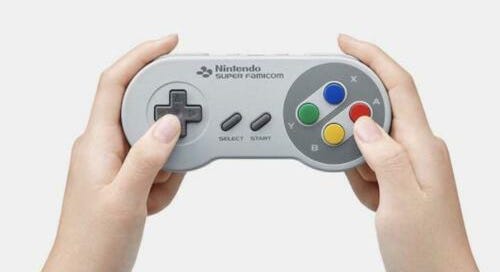


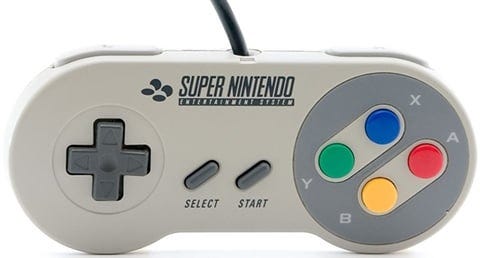

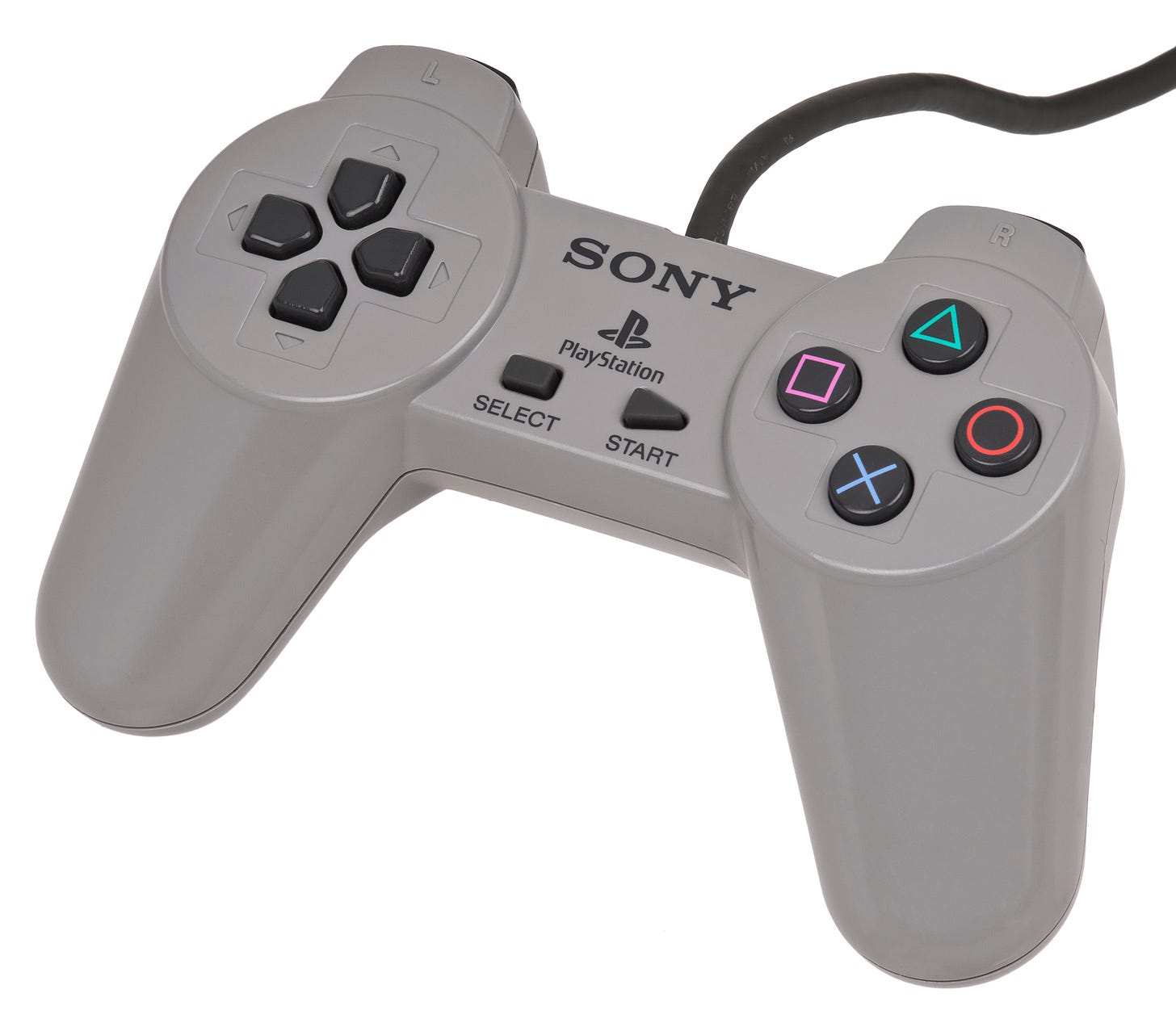
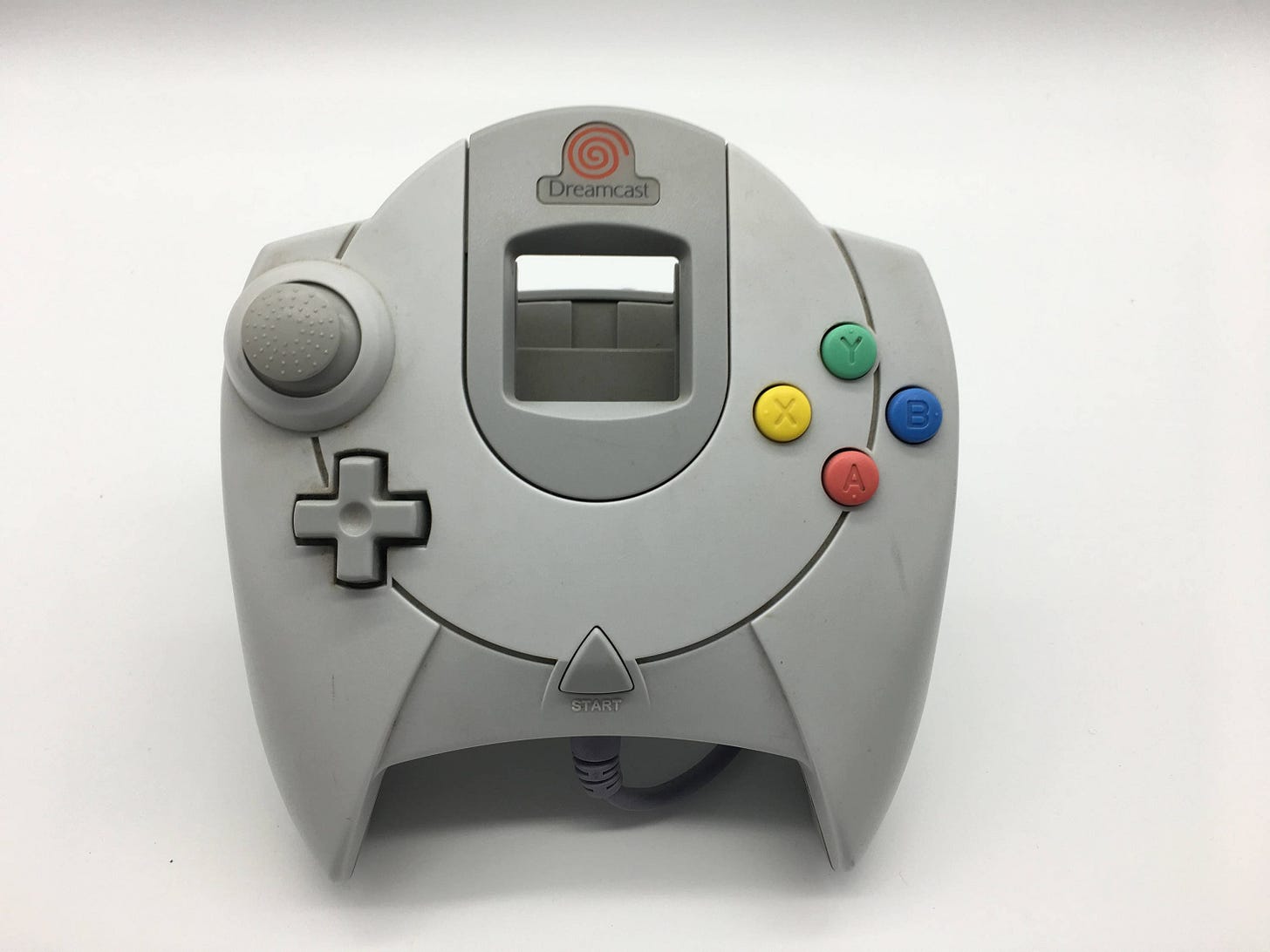

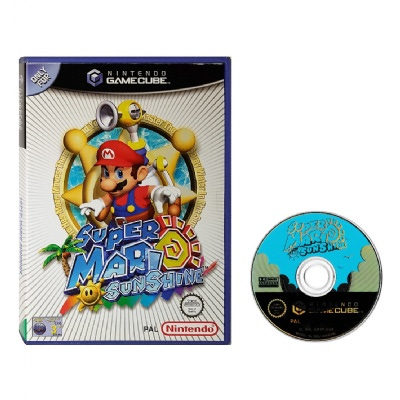
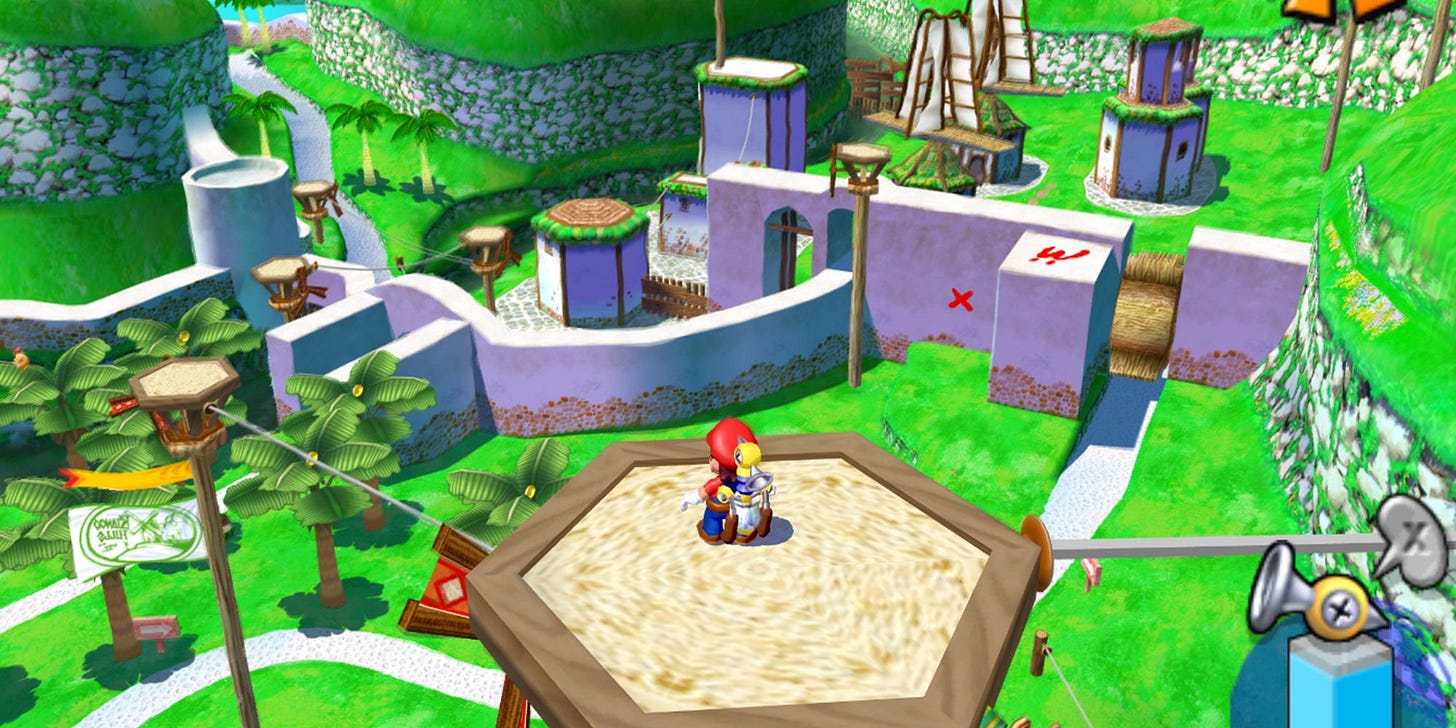
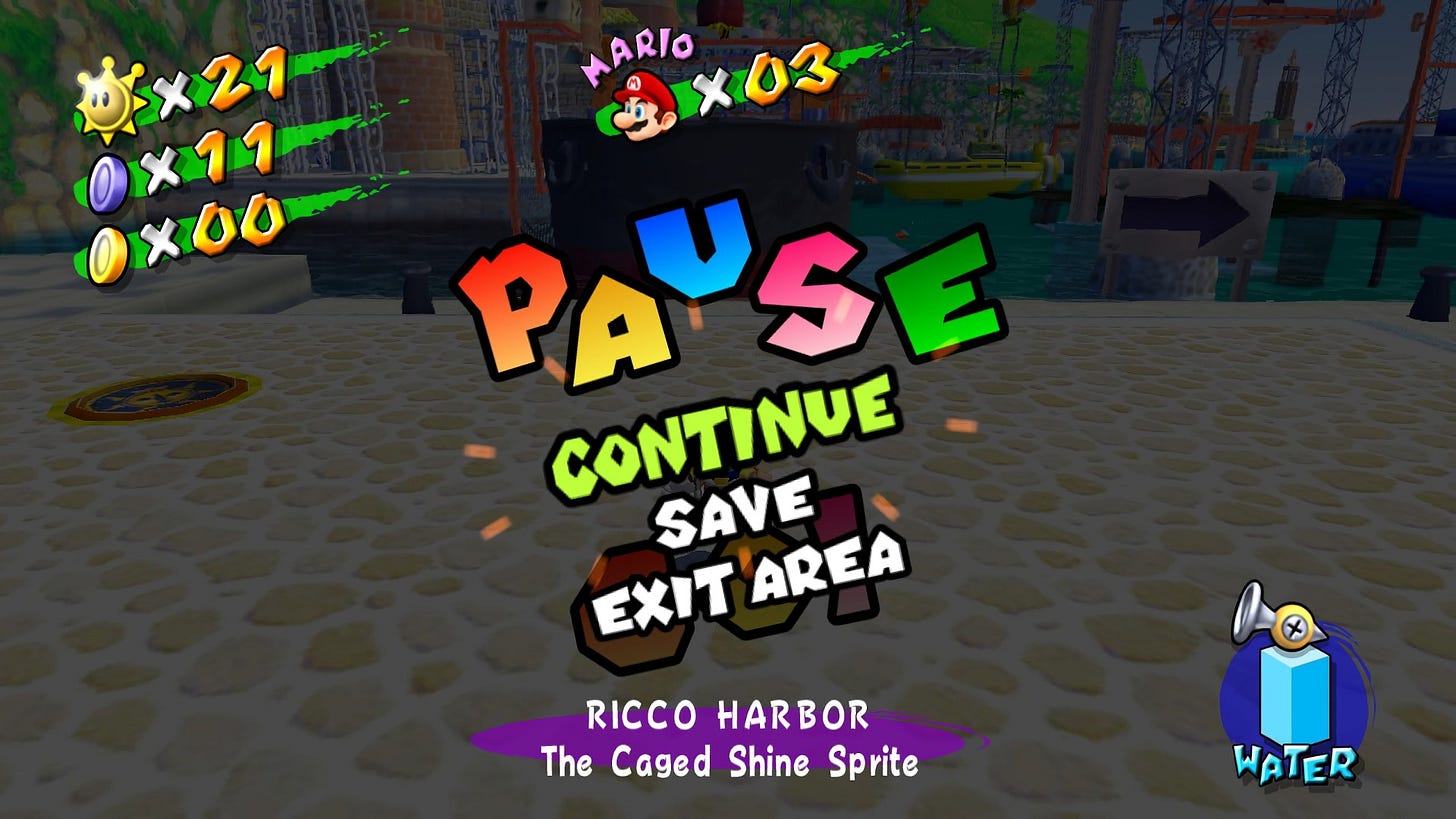
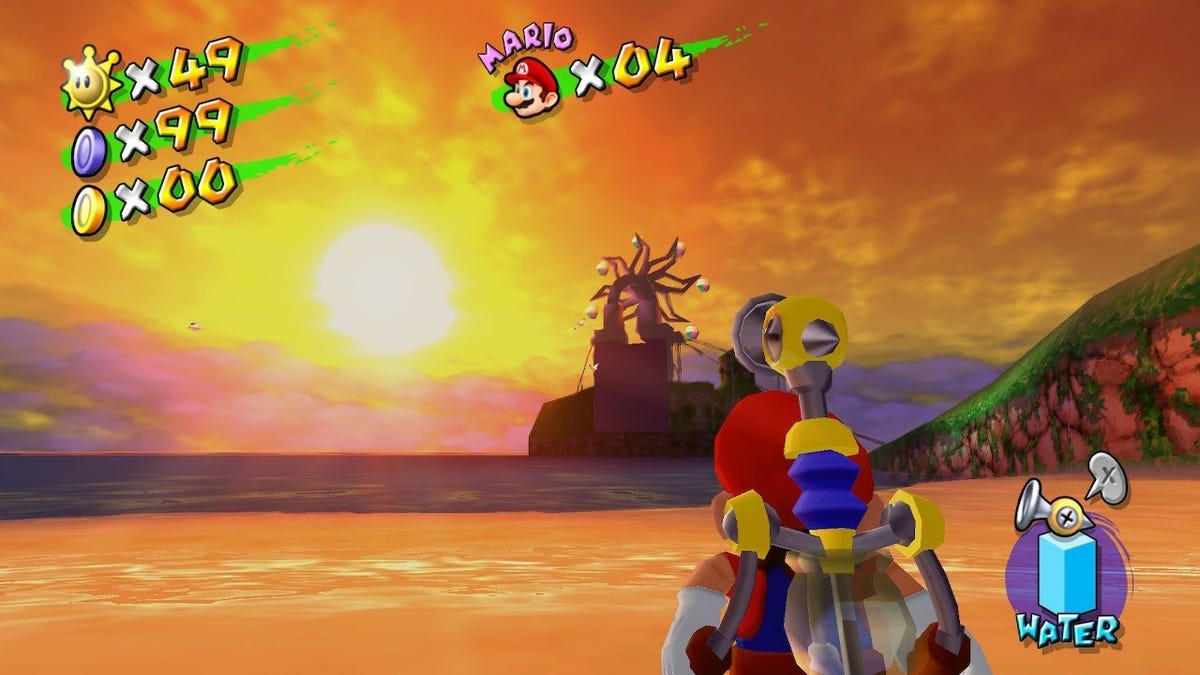
I loved Sunshine, both back on GameCube and replaying it in the Mario 3D collection. But man, oh man, those trials without the water pack were sometimes a special sort of misery.
SNES controller is unqualifiedly good. I basically only turn on my Switch to play games that can be played with that controller.
Super Mario Sunshine is such a weird gaming experience. I don't love it, it's one of my least favorite 3D Mario games, but it's also really playable? Even with all its flaws? Its a strange experience and I think you capture that well here.